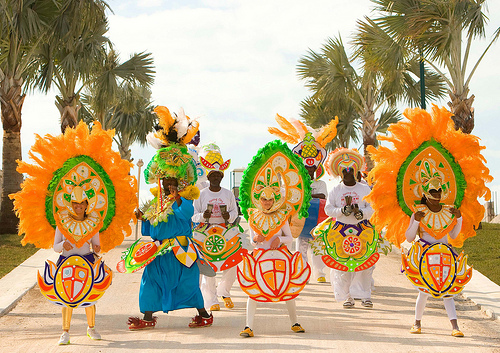Writer: Mia G
In the early morning of Christmas and New Years, you could hear the sounds of the cowbells, feel the drums, the beat pulsating through your veins.
As the crowd settles in, music erupts from the darkness and just like that, the streets become alive with the sound of music.
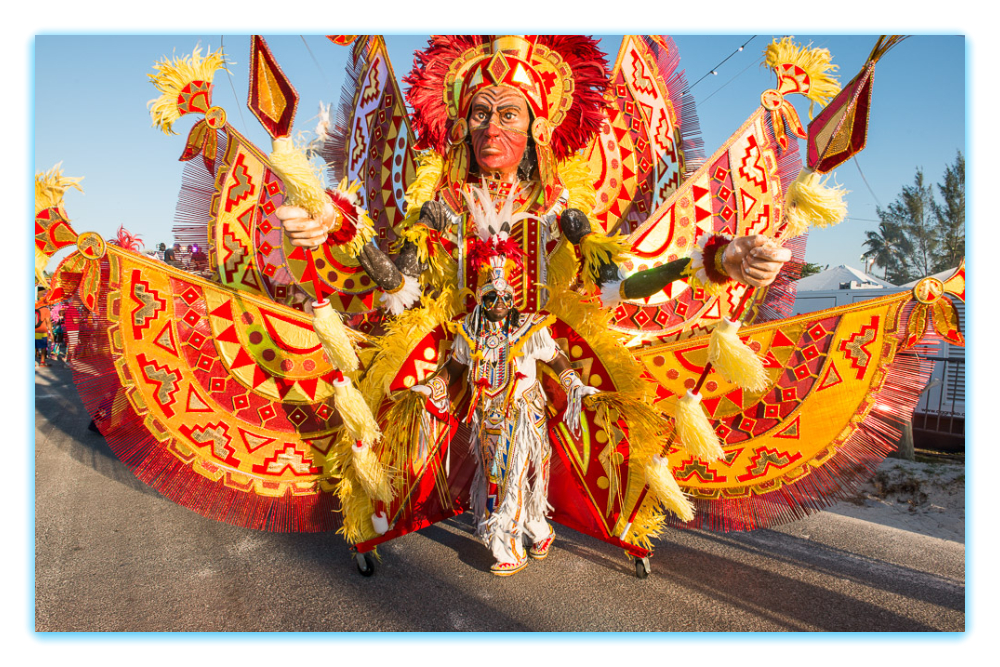
I remember Christmas morning, the bleachers shaking as the music called to us, calling us to our feet.
As the beat gets closer, louder, the spirit invokes you. You can feel the thumping in your chest…”bum bum bum bum BUM”, someone screams in the background, the music’s got them! Heavy hands spank the surface of the goat skin drum, the crowd goes wild…they can’t help it…they can’t fight the FEELING! Then appears the alluring fashions of the Bahamian Junkanoo costumes, popping colors, layered materials pasted to perfection, depicting Bahamian Culture; the street is their runway.
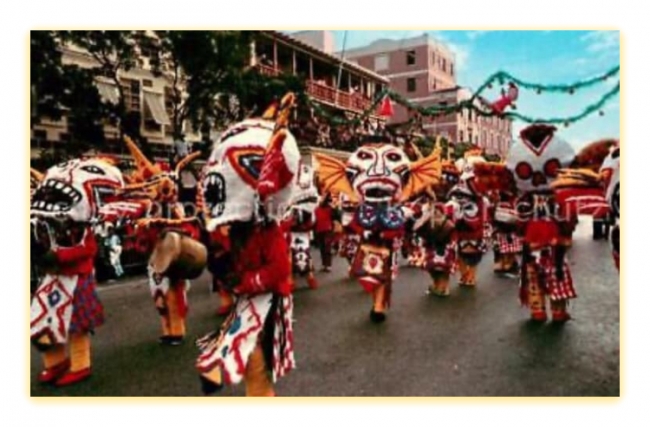
It was around the 17th century that Junkanoo originated in the Bahamas as a masquerade, however women weren’t allowed to participate in the festival until the sixties. While the true origin of Junkanoo is unknown, its roots can be traced back to West Africa. Legend states that this Bahamian national festival was named after West African Prince, John Canoe.
Some say that wearing masks as they do, suggests the French term gens inconnu (men in disguise), others say that the “junk” in Junkanoo comes from the cans and discarded materials originally used to create the instruments and costumes of the initial Junkanoo celebrations.
In preparation for the annual festival, slaves would cover their faces with flower paste, and adorn themselves in simple cloth costumes also made with fringed paper, leaves and netting.
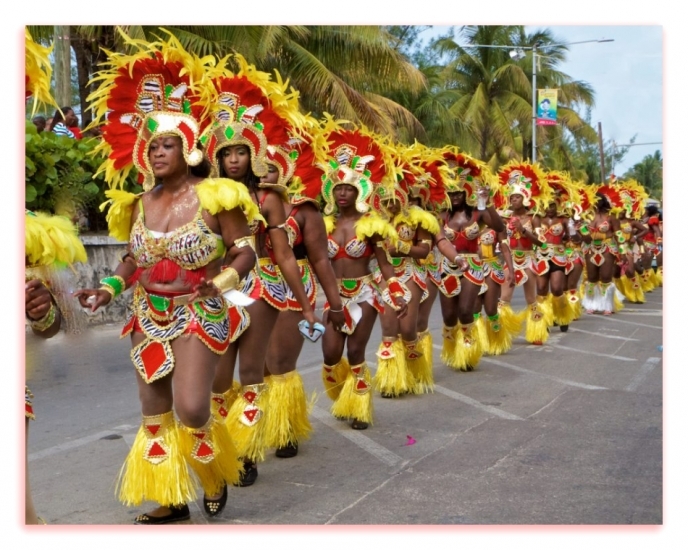
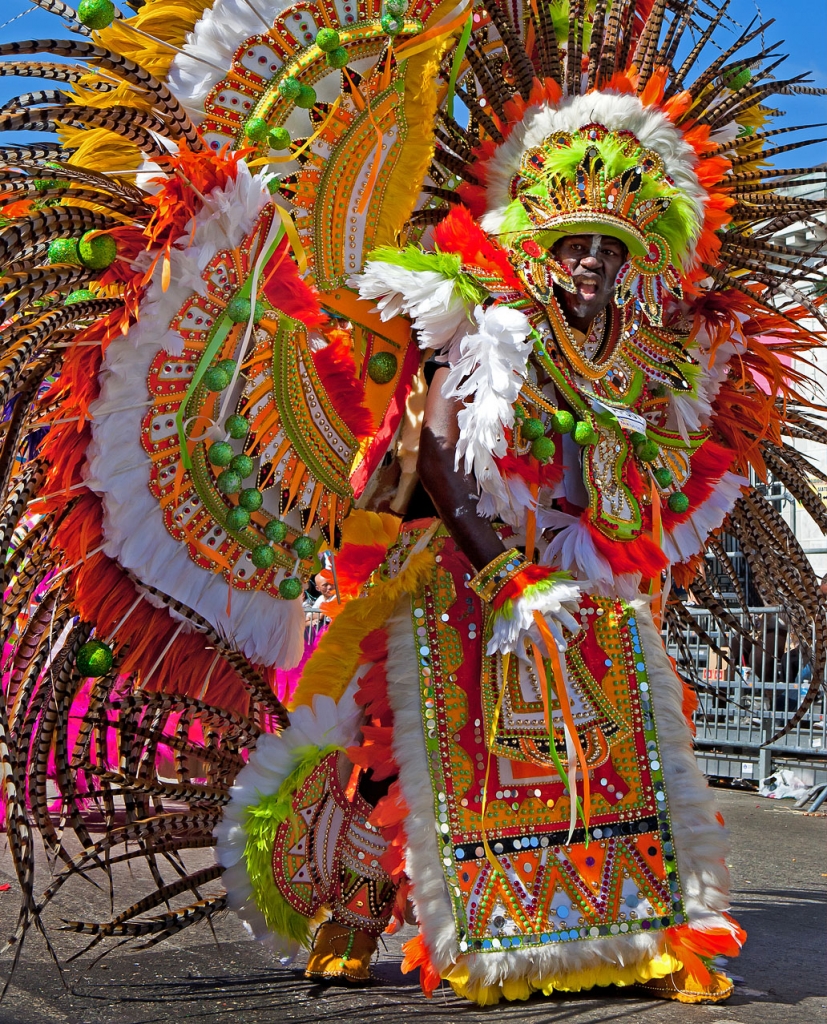
In the early 20’s, many Junkanooers also covered themselves in sea sponges, at a time when the sponging business was on the rise.
The depictions of Bahamian themes and national symbols are carefully crafted within the year leading up to the annual Junkanoo celebrations. Participating groups like the Valley Boys, the Saxons and the Roots consist of 500-1000 members, all of whom adorn themselves in the vibrant colors of these high fashion, couture art forms weighing up to 500 pounds.
Today, costume creators/designers have modernized the materials and construction of these costumes using cardboard – used for the base of the costumes –
colorful layers of crepe paper, creating a fringe effect which adds dimension and texture.
Also incorporated in these costumes are wire, white paint, white glue, and contact cement.
Starting around three in the morning on Boxing Day and New Year’s Day, Junkanooers could be seen lining the streets of Nassau, and some of the Family Islands, accompanied by the sounds of the cowbells, goat skin drums, whistles, and home-made instruments like the conch shell, horns and poinciana pods.
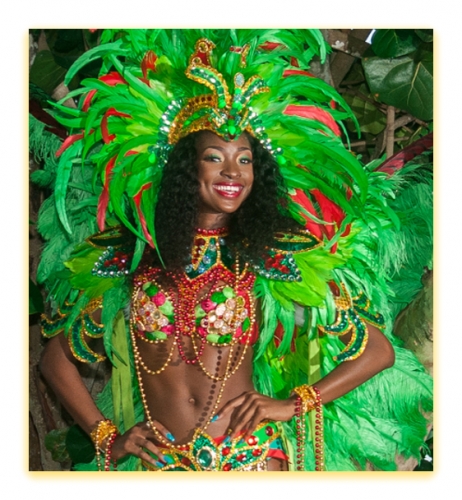
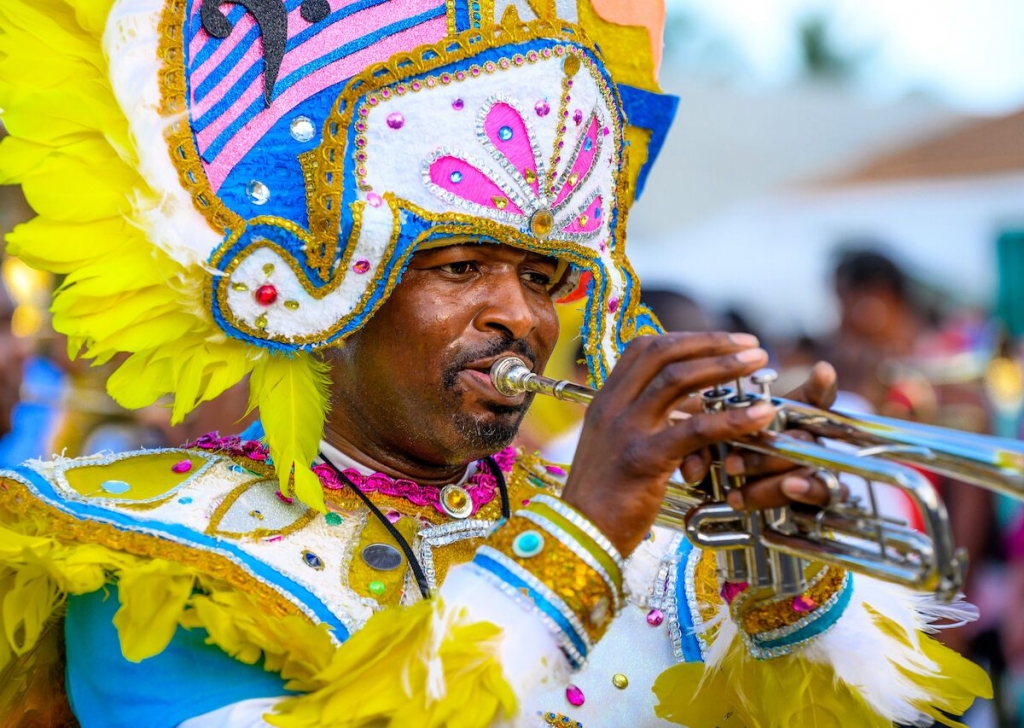
Some of these instruments have been replaced by modern, brass instruments which create a sweet, sweet melody to this powerful ensemble.
While the Junkannoo festival is celebrated annually, throughout the public streets of Nassau and the family islands, tourists can also experience this wonderful art form at our local hotels, special events and at many cultural celebrations.
Junkanoo music and costumes have been incorporated in songs, music videos, commercials and are even used to adorn store windows.
Some may ask why Junkanoo is held on December 26th and January 1st.
During the pre-emancipation era, slaves were given 3 days off of work: December 25th, 26th and January 1st. They used this time to celebrate this special occasion, which gave way to the famous Junkanoo Parade.
From far and wide, tourists travel to The Bahamas to take part in this world renowned, Junakaoo extravaganza. In 2015 the first Bahamas Junkanoo Carnival was launched, inviting persons from all over the world to participate in this 3 day celebration of food, music and dancing.
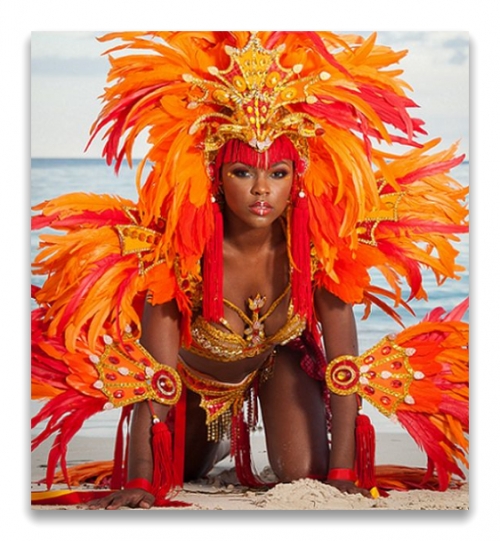
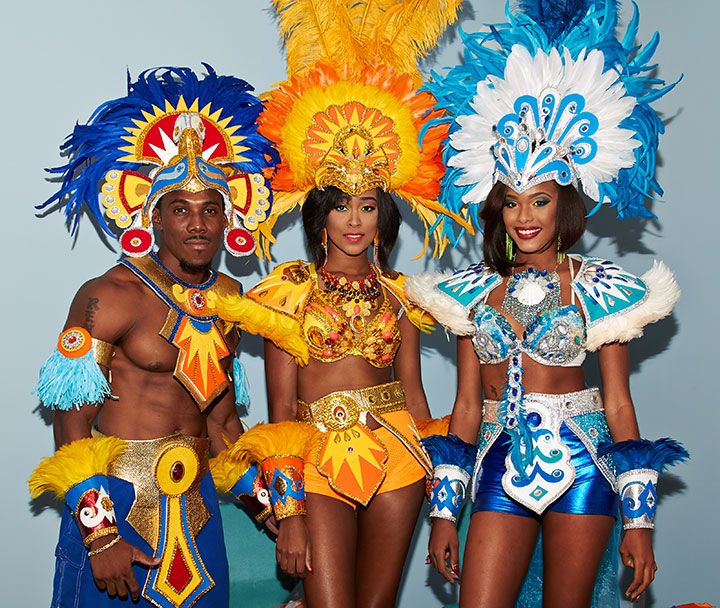
These Haute Couture fashions of Junkanoo have come a long way since the 17th century. Junkanoo has since become a staple of the Bahamas. Persons now travel to the Bahamas to experience not only the annual Junkanoo Parade but also the Bahamas Junkanoo Carnival held in early May.
Junkanoo is the heart and soul of Bahamian Culture, it’s not just a name, it’s a feeling!
